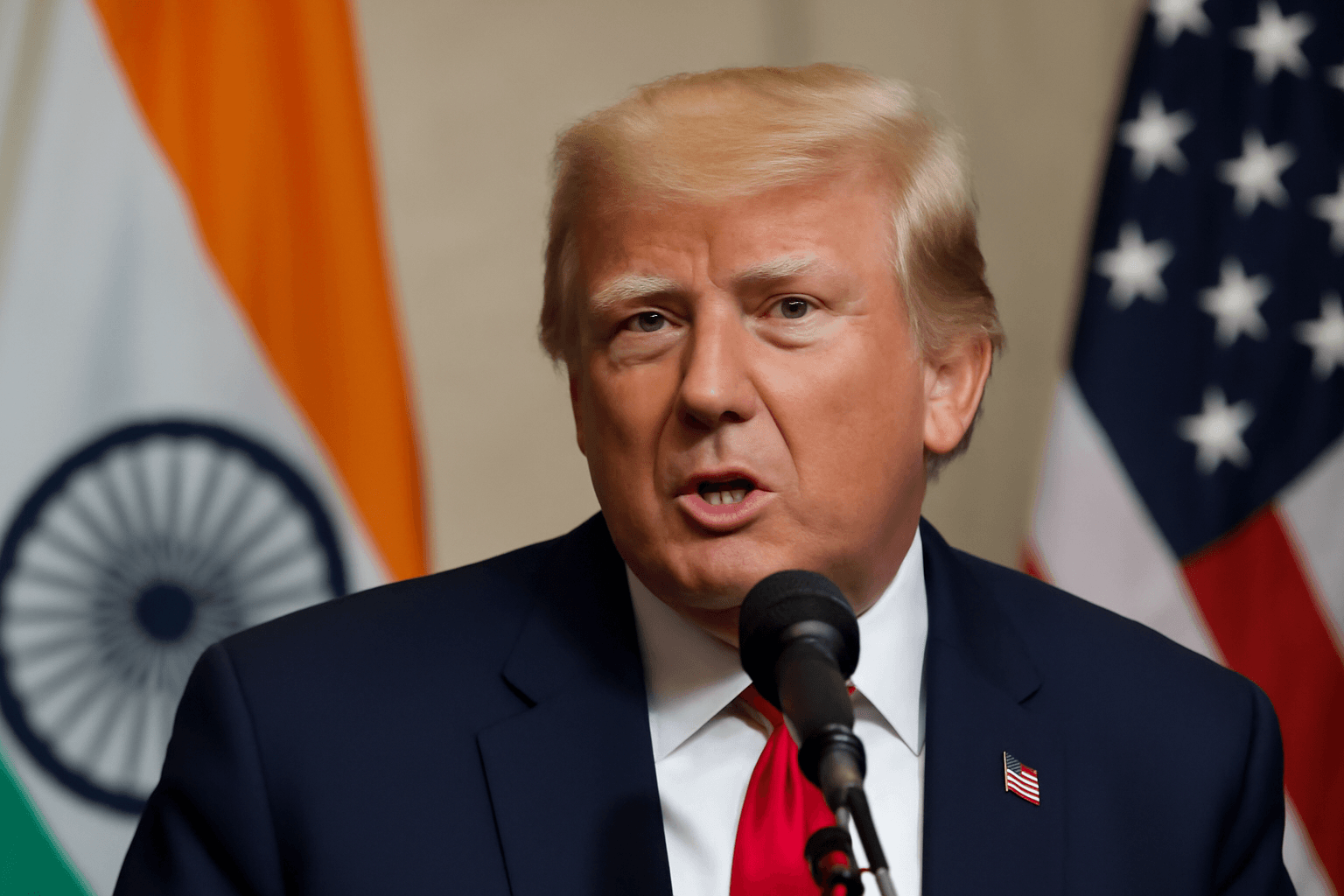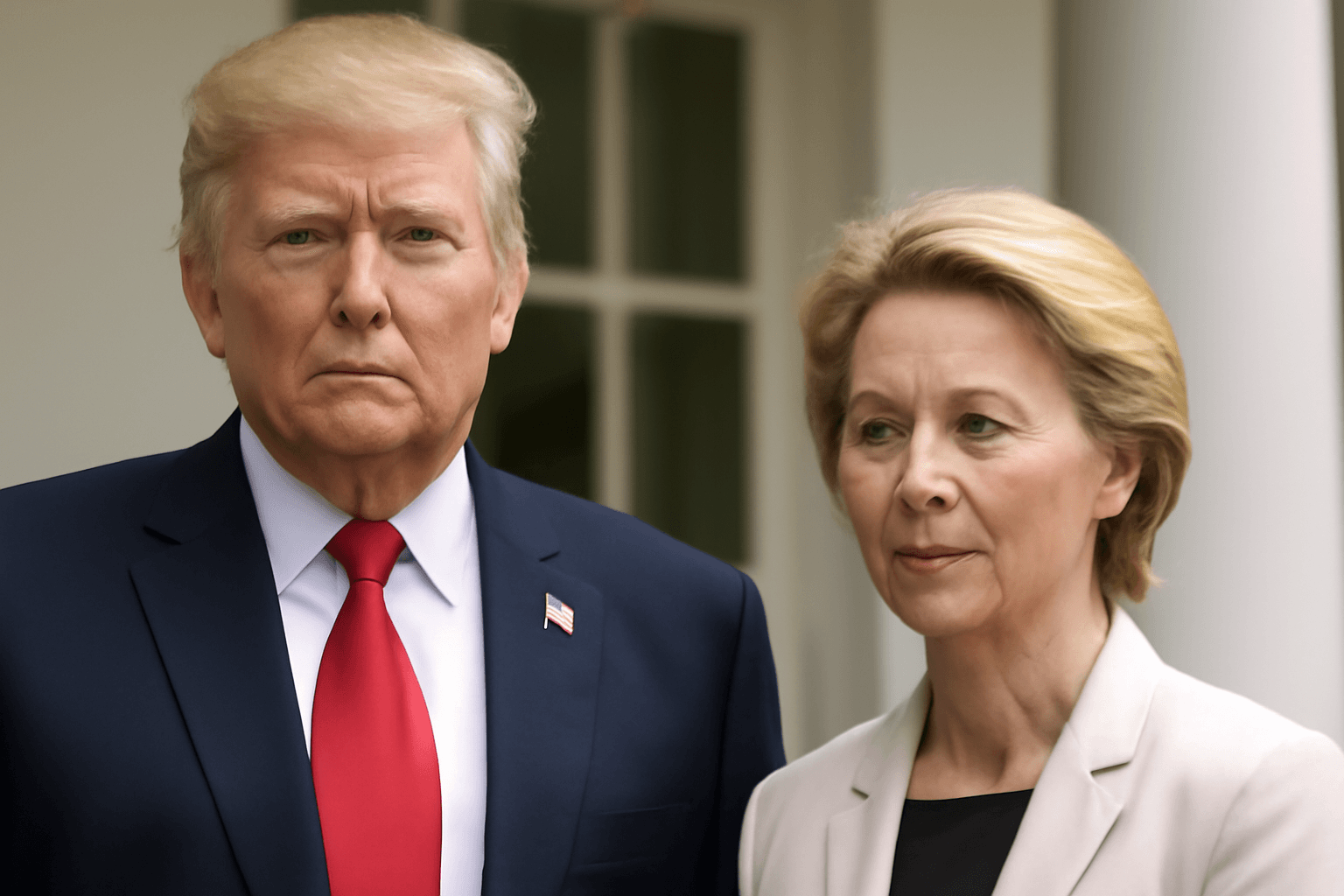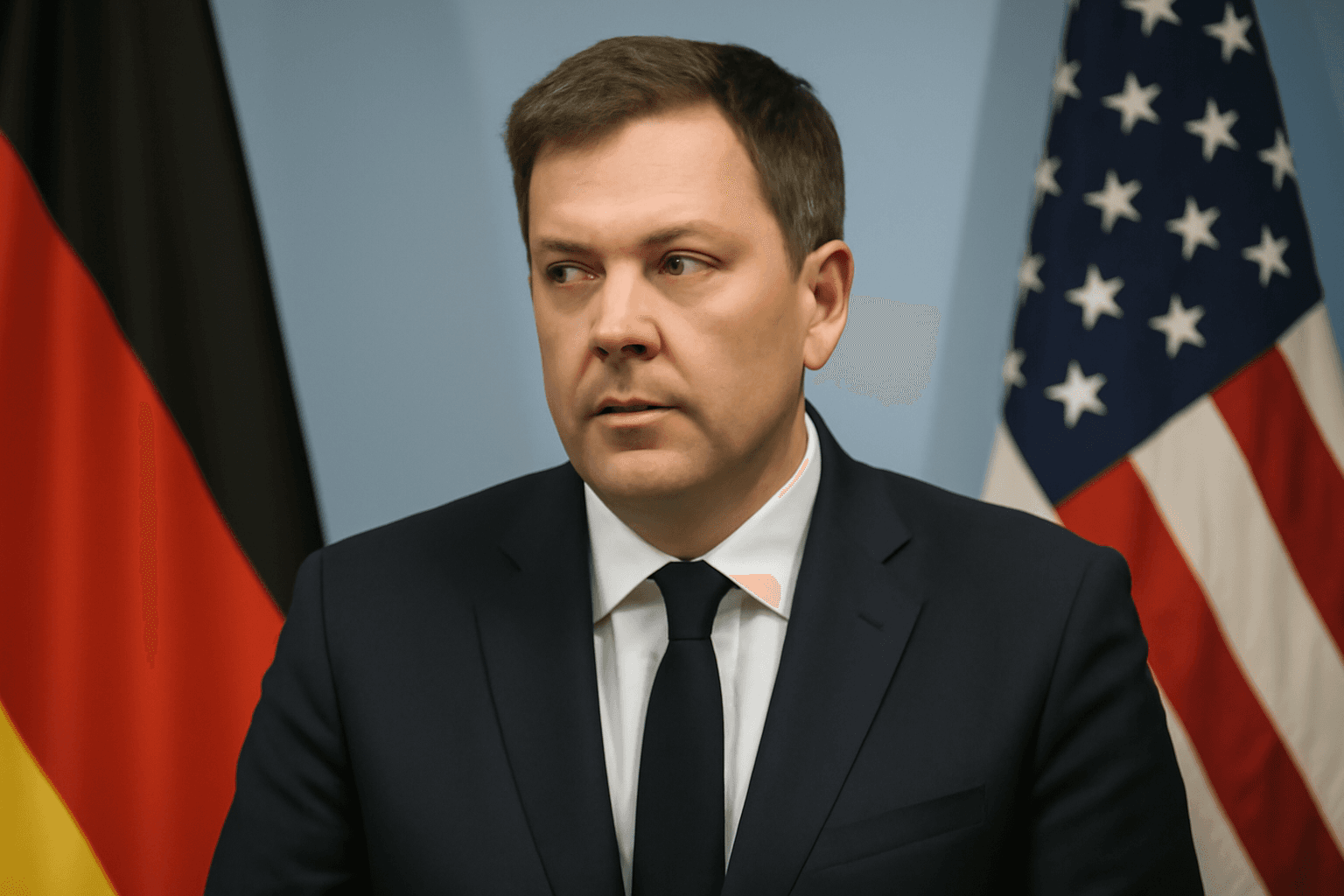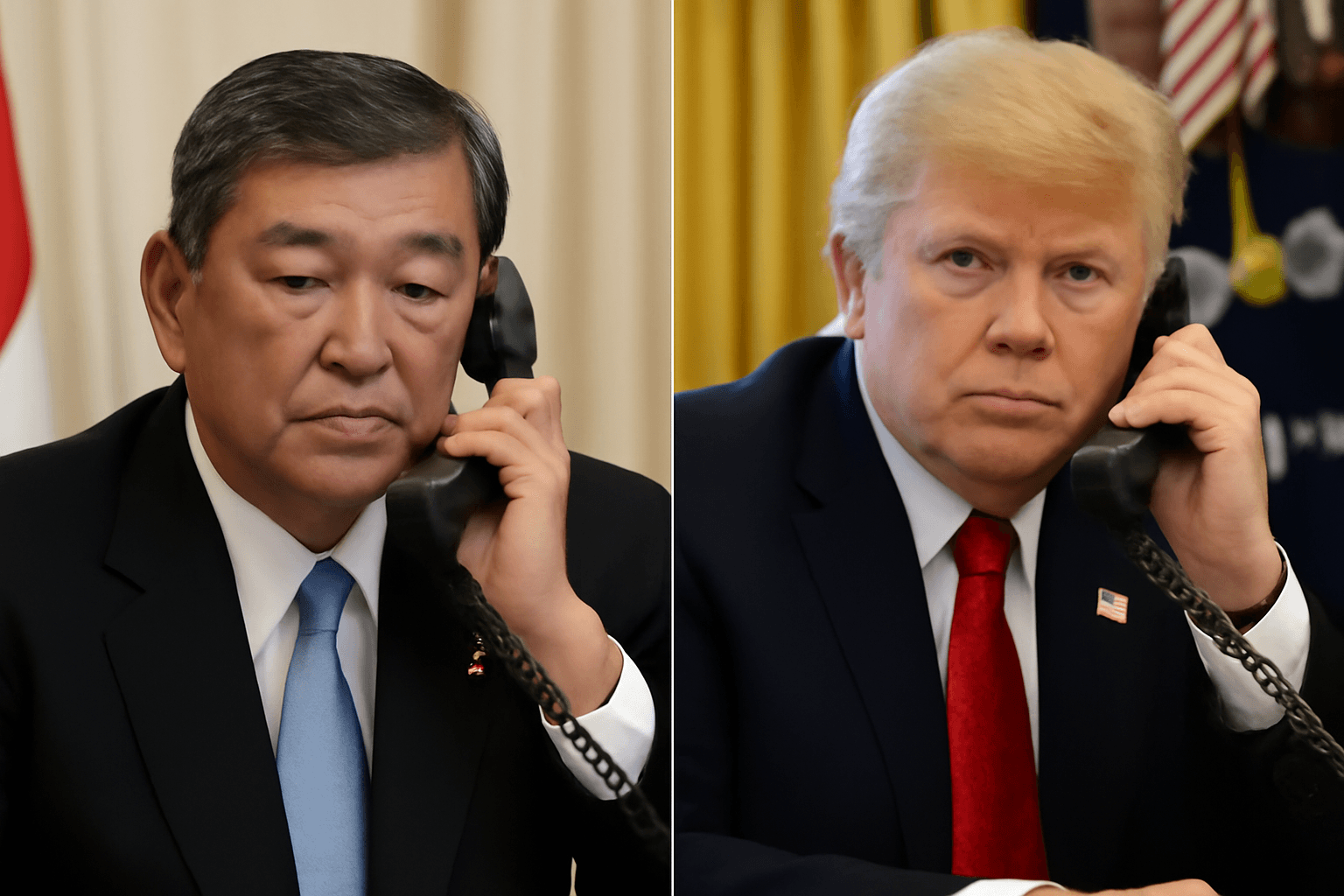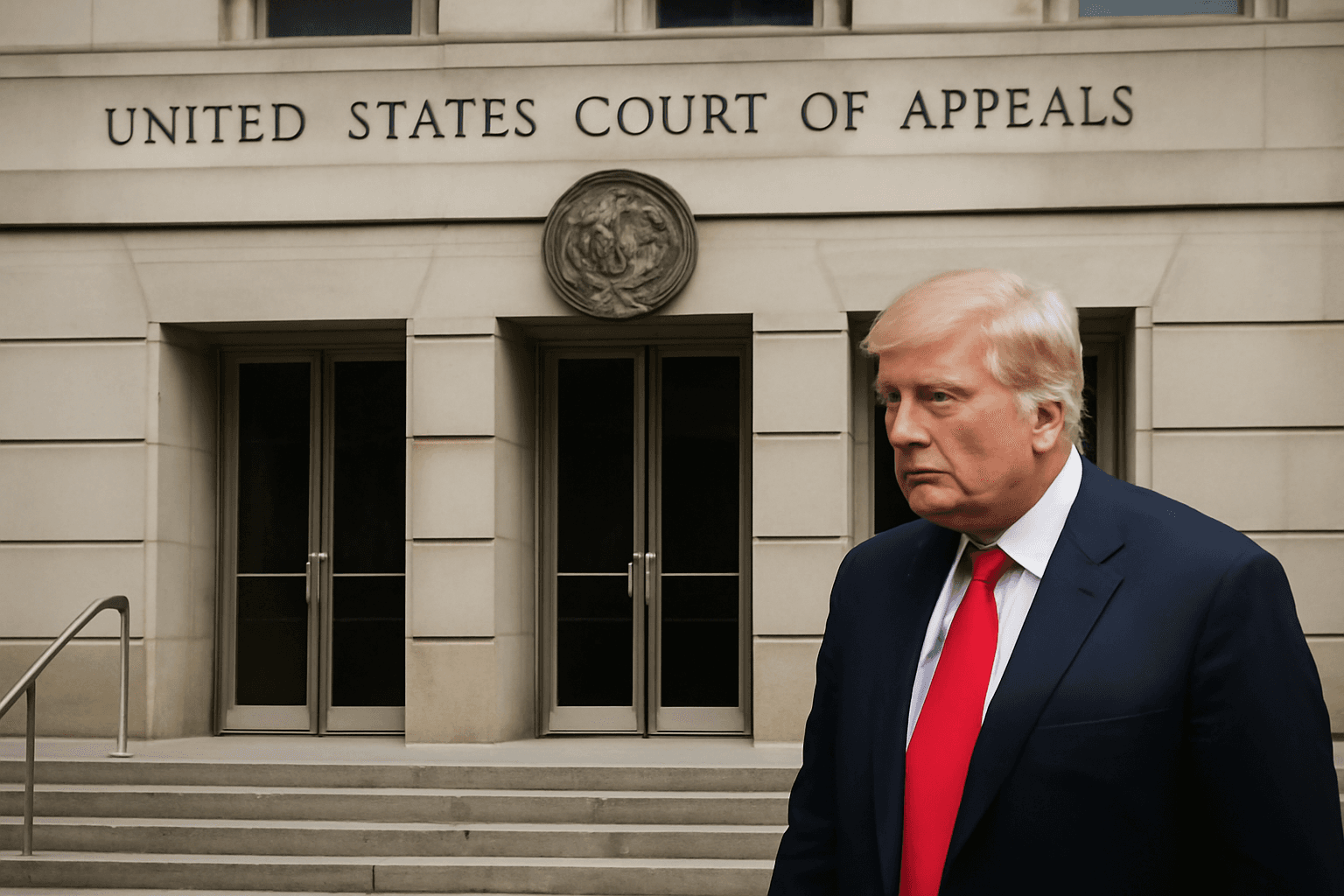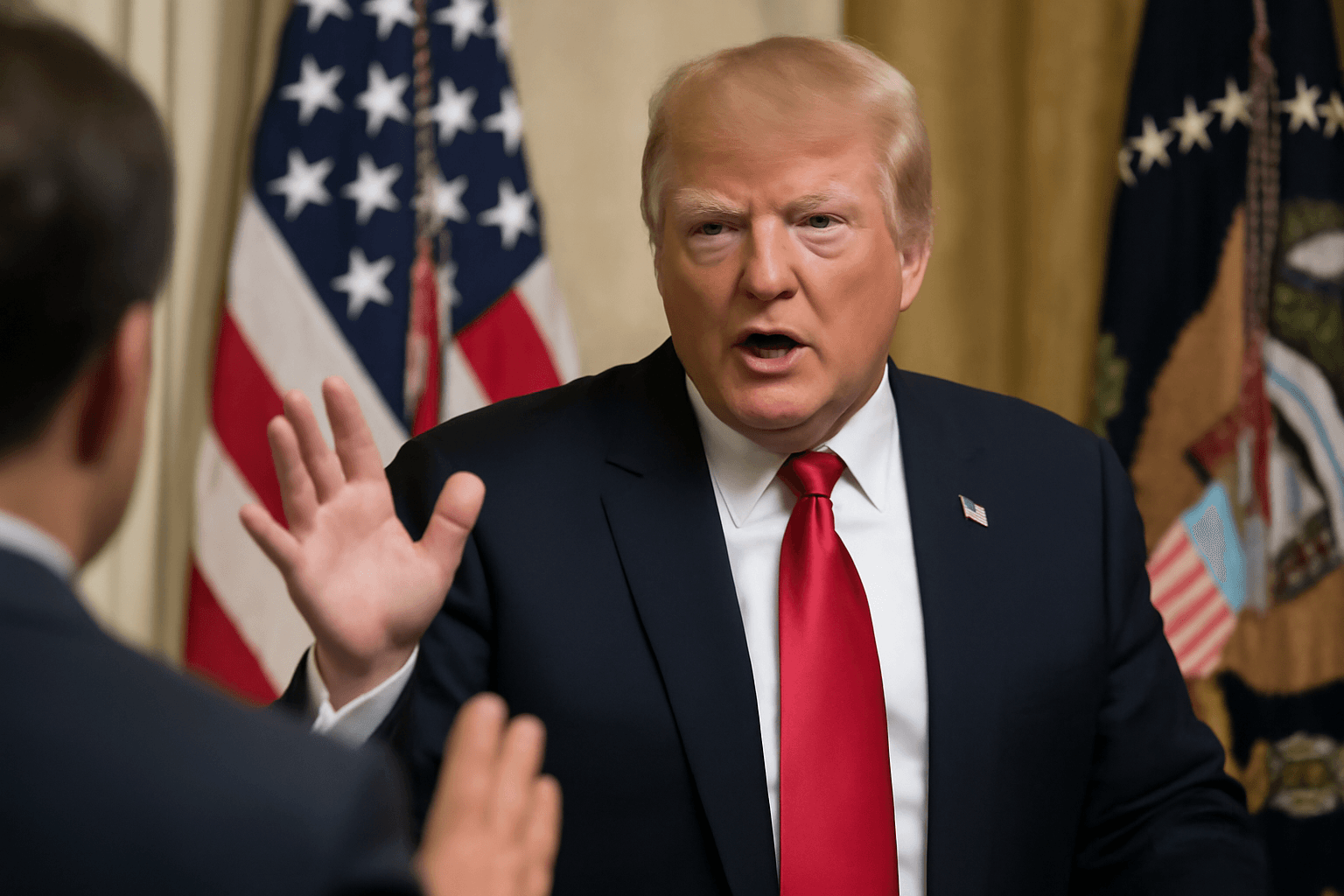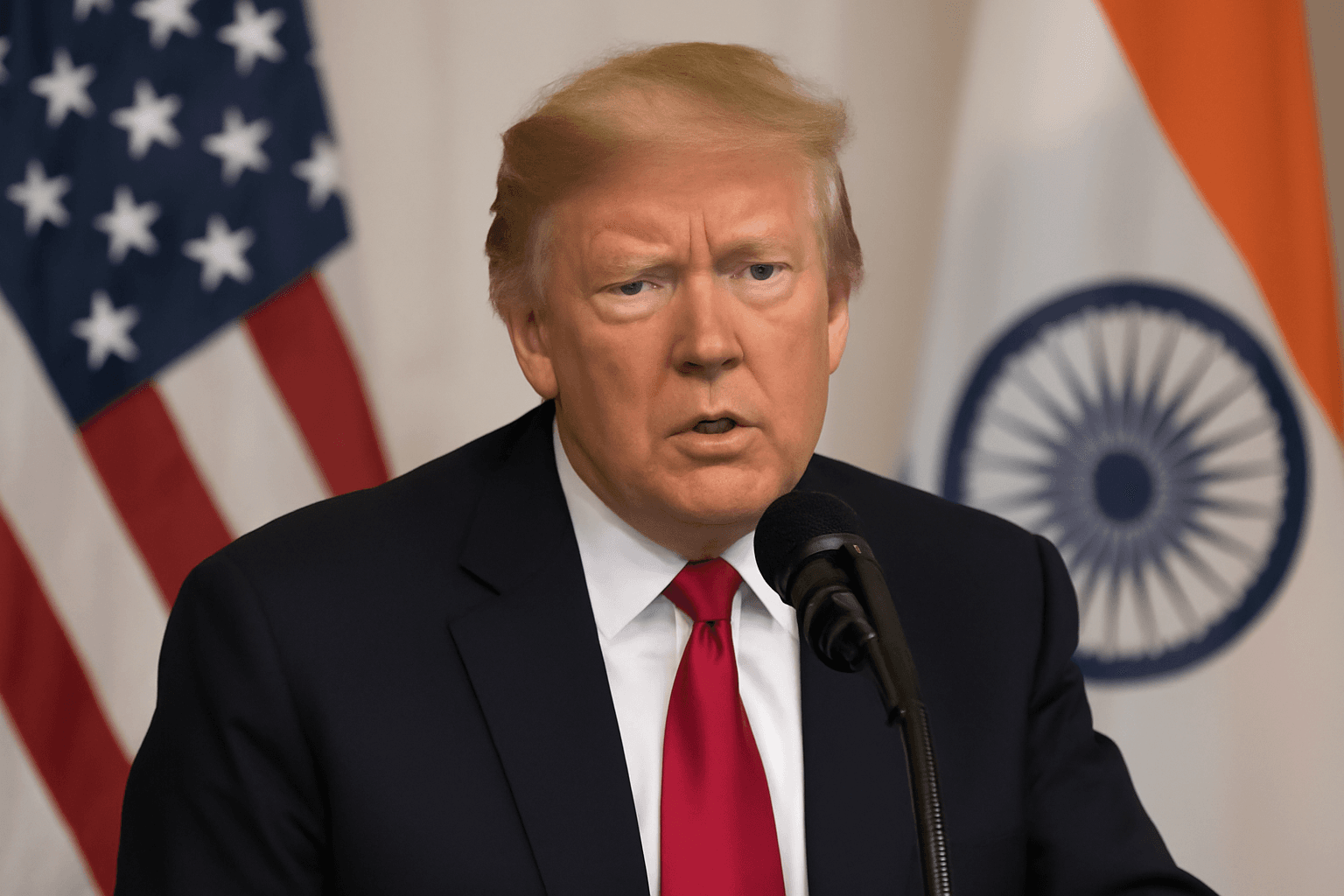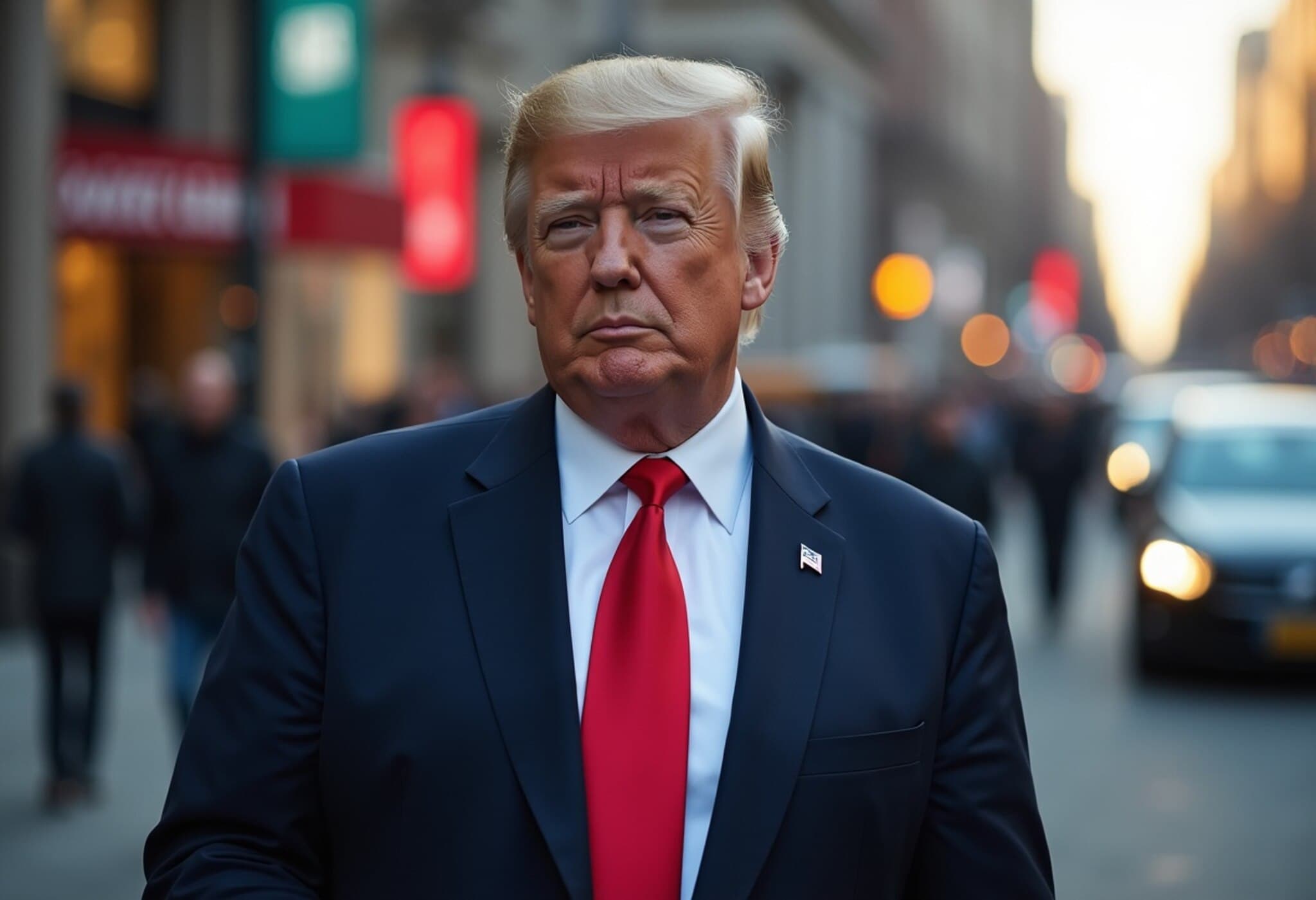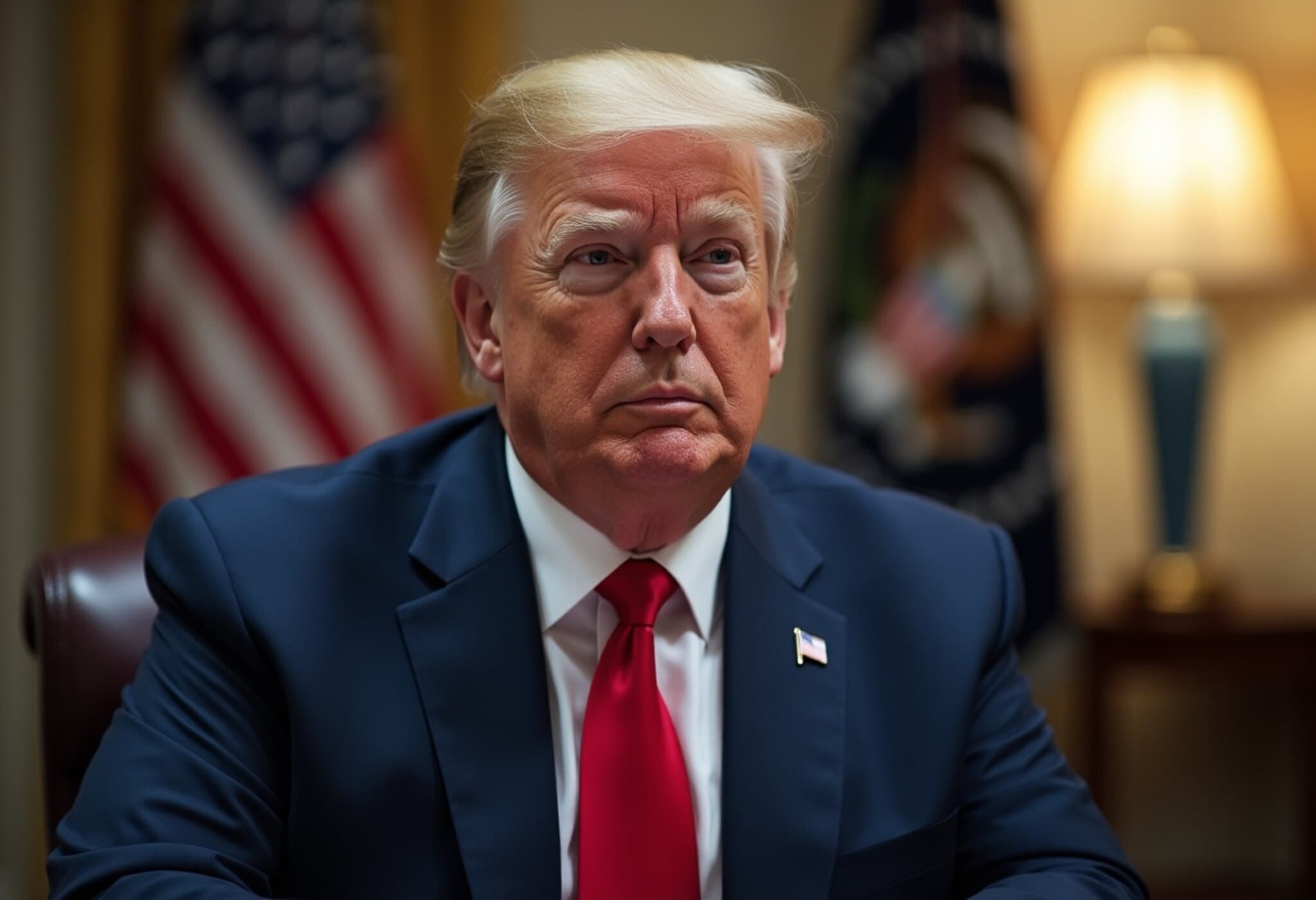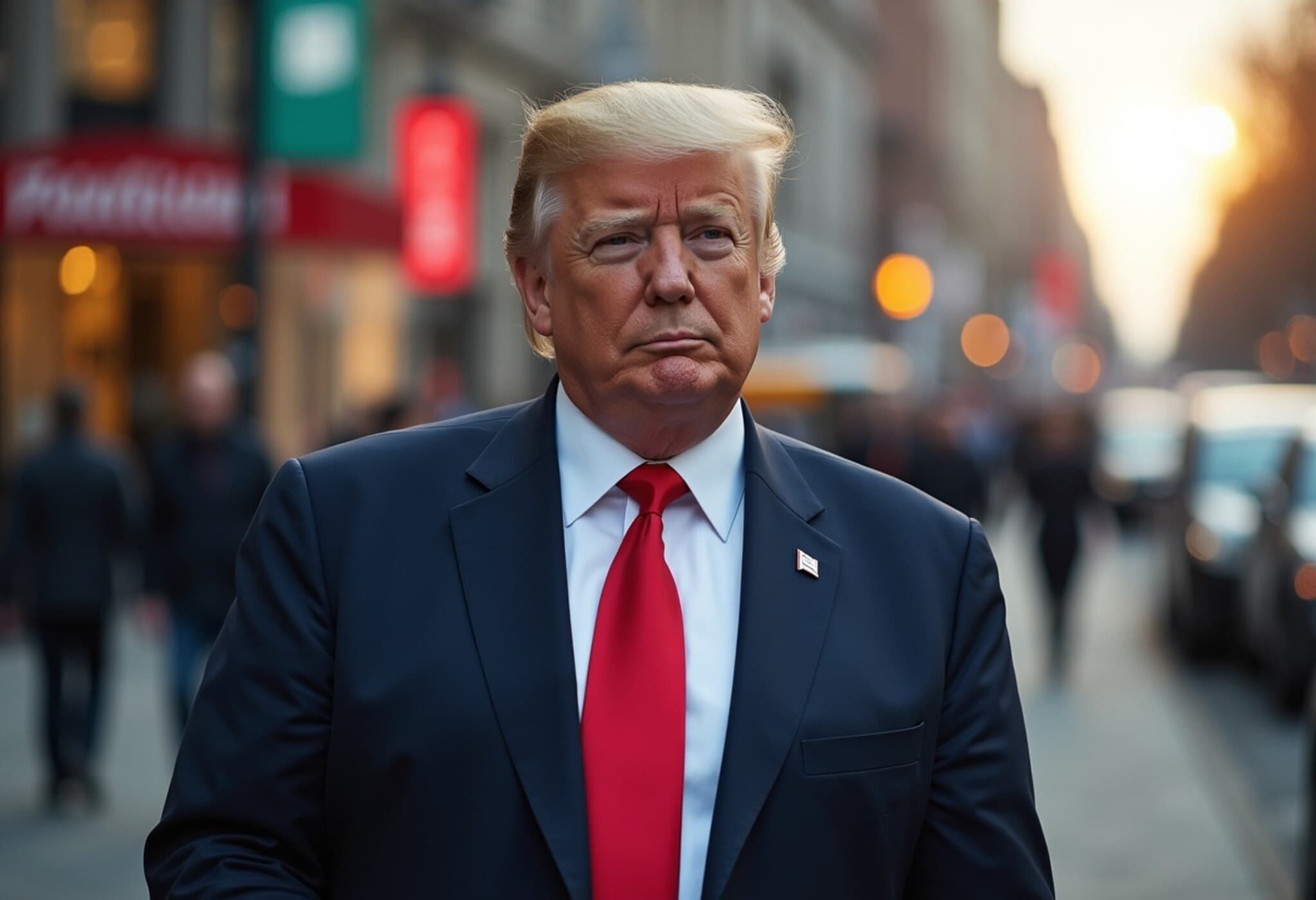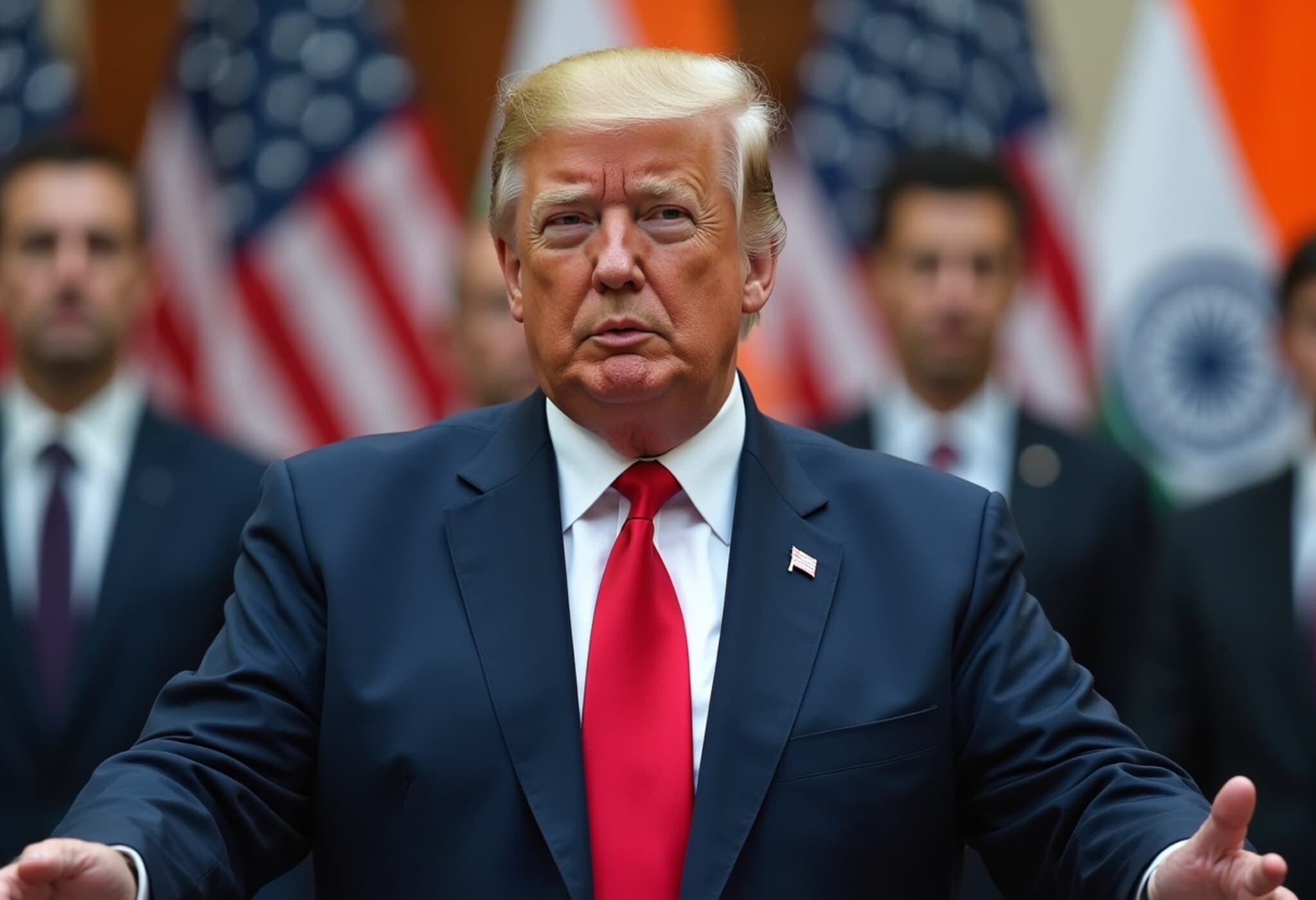Trump Imposes 25% Tariff on India Starting August 1
In a significant escalation of trade tensions, former President Donald Trump announced on Wednesday that India will face a 25% tariff beginning August 1. This move comes as part of a broader strategy targeting what Trump describes as "unfair trade practices" and political concerns tied to India's ongoing trade with Russia.
Trump took to Truth Social to announce the decision, underscoring his longstanding criticism of India's trade policies. "Remember, while India is our friend, we have, over the years, done relatively little business with them because their Tariffs are far too high, among the highest in the world, and they have the most strenuous and obnoxious non-monetary Trade Barriers of any country," he wrote.
Additional ‘Penalty’ for India’s Relations with Russia
Beyond the 25% tariff, Trump also mentioned an unspecified "penalty" related to India’s military and energy purchases from Russia. This surcharges stems from Trump’s stance against Russia’s ongoing conflict in Ukraine. He emphasized that India, along with China, remains one of Russia’s largest buyers of energy at a time when global pressure mounts for Moscow to cease hostilities in Ukraine.
However, the details of this additional penalty remain unclear. The White House did not respond immediately to requests for clarification, leaving industry analysts and trade experts speculating about potential further sanctions or trade restrictions.
Contextualizing the Tariffs and Trade Deficit
Trump reiterated concerns over the bilateral trade imbalance, stating on social media, "WE HAVE A MASSIVE TRADE DEFICIT WITH INDIA!!!" His administration has consistently pursued tariff measures to shrink the U.S. trade deficit, aiming to boost domestic manufacturing and reduce reliance on foreign imports.
Nonetheless, many economists challenge this approach. They argue that tariffs can increase consumer prices and disrupt supply chains, hurting the very American consumers and businesses they intend to protect. Moreover, analysts question whether reshoring low-skilled manufacturing jobs is feasible given labor market realities and the nature of goods currently imported from countries like India.
Legal and National Security Dimensions
Earlier this year, Trump declared the U.S. trade deficit a "threat to national security," justifying the unilateral imposition of tariffs under national security grounds—a move that bypasses standard Congressional oversight. Experts debate the appropriateness of this rationale, especially as the lines between economic policy and national security blur.
Broader Implications: Impact on Global Energy Markets and U.S. Diplomacy
Trump’s tariff announcement also aligns with his administration’s intensified rhetoric on Russia's invasion of Ukraine. He recently threatened to levy secondary tariffs as high as 100% on countries importing Russian oil and gas, including major players like China, India, and Brazil.
This strategy aims to pressure Moscow by targeting its energy export revenue. However, it risks complicating U.S. relations with these countries, which rely heavily on Russian energy supplies. The potential economic fallout could ripple globally, affecting energy prices and geopolitical alliances.
For India, the tariffs could hinder an already complex trade relationship with the U.S., especially as New Delhi balances its strategic partnership with Washington against its historical ties and energy security needs tied to Russia.
What’s Next?
- How will Indian industries and consumers absorb the impact of the new tariffs?
- Will India seek new diplomatic channels to ease tensions and diversify its energy sources?
- Can the U.S. reconcile economic objectives with geopolitical strategies without alienating key allies?
These questions loom as the new trade tariffs take effect, setting the stage for a pivotal moment in U.S.-India relations and broader global trade dynamics.
Editor’s Note
Trump’s latest tariff imposition on India highlights the intricate interplay between trade policy and international geopolitics. While tariffs serve as tools for economic leverage, they also carry risks of damaging valuable alliances at a time when global cooperation is crucial, especially regarding Russia’s invasion of Ukraine. Observers should watch carefully how both countries navigate these tensions — balancing economic interests with strategic partnerships. Moreover, the ambiguity surrounding the "penalty" raises critical questions about transparency and the future of international trade enforcement.

